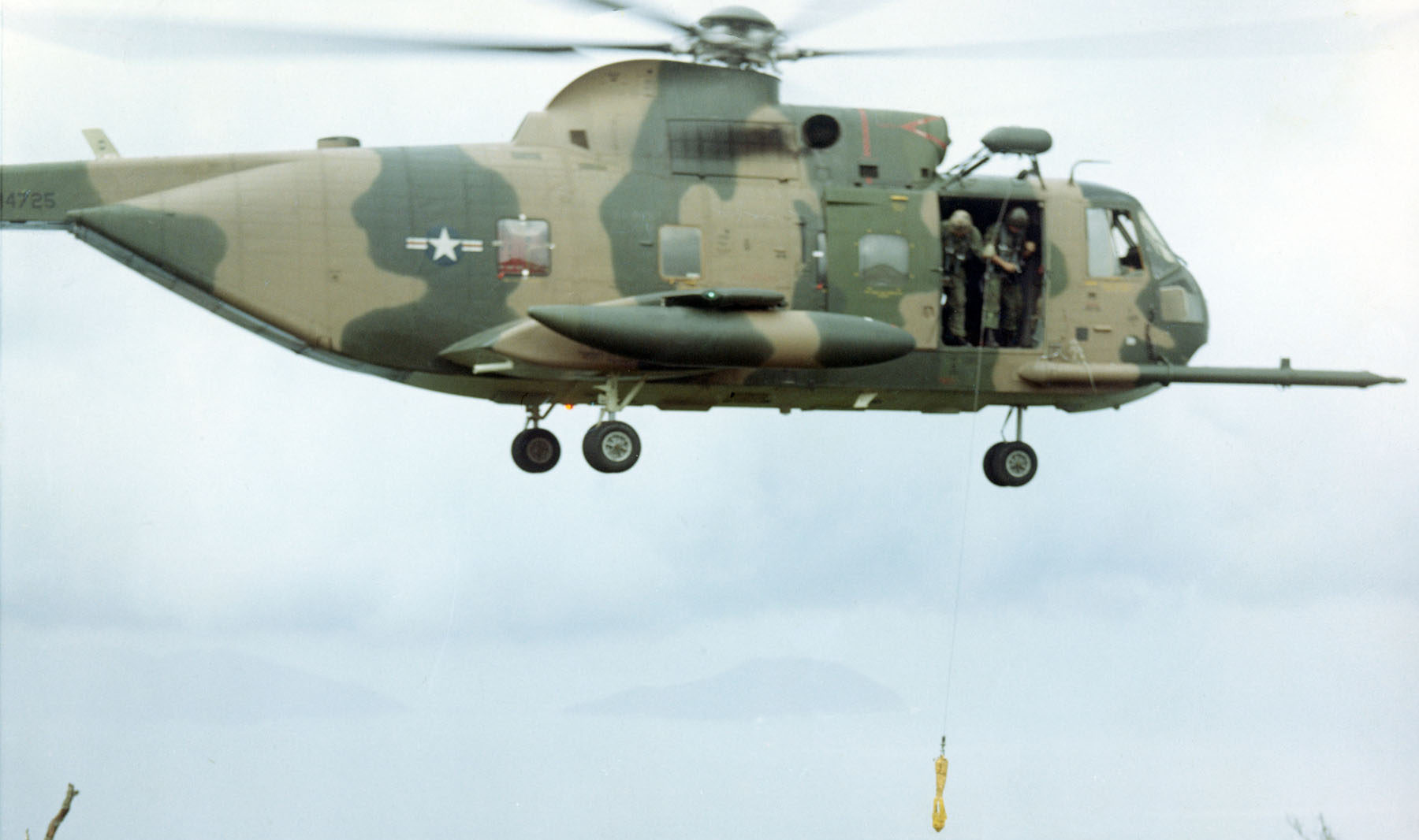February 6 in U.S. military history
1787: Representatives of the French and U.S. governments sign the Treaty of Amity and Commerce and the Treaty of Alliance in Paris. France now recognizes the United States as an independent nation and provides much-needed military aid.
1802: Congress authorizes President Thomas Jefferson to arm U.S. ships to defend against Barbary pirates in the Mediterranean.
1832: Marines and sailors aboard the USS Potomac (the first of five so-named ships) attack pirates from the village of Quallah Batoo, Sumatra (present-day Indonesia) following the massacre of a U.S. merchant vessel in February 1831.
1862: In northwestern Tennessee, a Union Naval flotilla commanded by Flag Officer (a temporary rank which soon is replaced by the grade of Commodore) Andrew H. Foote and a force commanded by Brig. Gen. Ulysses S. Grant converge upon Fort Henry. The plan is for Foote’s warships and Grant’s troops to attack simultaneously, but heavy rains and water from the swollen Tennessee River force the Confederates to surrender the flooding fort to Foote before Grant can arrive. The capture of the poorly engineered Fort Henry is the first major Union victory of the Civil War.
1945: Army Air Force B-24 and B-29 bombers begin attacking Iwo Jima in preparation for the upcoming landing. Believing that the massive Naval and aerial bombardments have wiped out most of the island’s defenders, Adm. Chester Nimitz says “Well, this will be easy. The Japanese will surrender Iwo Jima without a fight.” What the Americans don’t know that the Japanese have dug some 11 miles of tunnels on the island, including an elaborate network of underground command centers and barracks, pill boxes, and bunkers.
1967: Over North Vietnam’s deadly Mu Gia Pass, Airman Second Class Duane D. Hackney volunteers to be lowered from a HH-3E Jolly Green Giant rescue helicopter into the jungle — despite the presence of enemy forces — to locate a downed O-1 Bird Dog forward air control pilot. After descending through the triple-canopy jungle, the Pararescueman finds Capt. Lucius L. Heiskell’s bootprints but can’t locate the downed aviator and headquarters orders the helicopters to head back to base. JOLLY GREEN 05 returns to the area once crews orbiting overhead locate the pilot’s position and rescues the pilot on a second sortie. During the flight home, the helicopter is hit by ant-aircraft fire, setting it on fire. Hackney gives Heiskell his own parachute, then looks for another for himself. But before Hackney can completely strap on his chute, he is blown out of the Jolly Green, which crashes into the ground.
Hackney manages to open his parachute before he hits the ground and becomes the first living recipient of the Air Force Cross (his full citation can be viewed here). He will go on to become the highest awarded enlisted man in Air Force history, earning 28 decorations over his 26-year career for combat valor.

Today’s post is in honor of Capt. Lucius L. Heiskell, who was lost in a helicopter crash on this day in 1967 in North Vietnam. The 27-year-old Naval Academy graduate (Class of 1962) from Memphis, Tenn. was a forward air control pilot with the Air Force’s 23rd Tactical Air Support Squadron. Also listed as missing were Maj. Patrick H. Wood, Capt. Richard A. Kibbey, and Staff Sgt. Donald J. Hall of the 38th Aerospace Rescue and Recovery Squadron’s Detachment 5. Wood’s and Hall’s remains were identified in 2017 and Kibbey’s in 2018.
